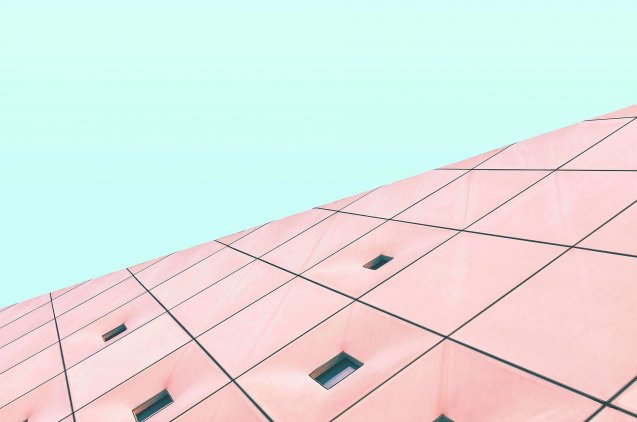A couple years ago an interesting movement came from Italia called Slow Food which, opposite of the Fast Food culture, promoted the enjoyment of regional products and traditional foods whose ingredients are often made in an environmentally friendly way. It started in protest against the opening of a McDonald’s in the Piazza di Spagna in Rome.
The movement quickly caught on, creating what’s known as the Slow Movement, or Slow Mindset which proposes we take control of our time rather that submit to it, something we’re exposed to everyday.
This same thought process came to design under the name Slow Design, highlighting the benefit of doing things more slowly and, specifically, with more vision.
Things that are done faster aren’t necessarily things that are done better. Designing is a mental process which then becomes a reality using the tools we’re all familiar with. Devoting an ample amount of time to the first step makes the end result much better, and it shortens the time needed for the second step. Keep in mind designing calmly and carefully isn’t quite the same as designing more slowly.
Another method for bettering your efficiency is to spend more time on effective brainstorming and internal discussion about a design, therefore presenting the customer with a more powerful result.
Principles of Slow Design
· Holistic: Consider all the important long and short term factors.
· Sustainable: Consider the impacts of the creation and reduce environmental damage as much as possible.
· Elegant: Search for simplest and most concise solution that provide the desired results.
· Adaptable: Create solutions that adapt to specific problems.
· Democratic: Leave the process and results accessible to those you want it, including non-professionals.
· Forward-thinking: Develop solution that will continue to evolve over time and can be modified as needed.
· Durable: Make sure solutions are maintainable by minimizing the need for repair or replacement.
· Non-toxic: Remove pollutants and toxic substances and processes.
· Efficient: Minimize downtime, labor, enery and resources.
Although Slow Design is still a relatively new concept, it could bring about change in the following ways:
· Long design processes mean more time for research, contemplation and testing.
· Using local materials and technologies supports local industries, shops and artists.
· Designs can take into account local culture.
· Designs can be based on natural cycles.
· Designs can take utilize the benefits of positive thinking.
This isn’t all to say that the end product is only related to time spent. It’s just saying spend time with the methodology, study the competition, look for past work and think long term. In the end, the design process is enjoyed both by the creator as well as the customer.


